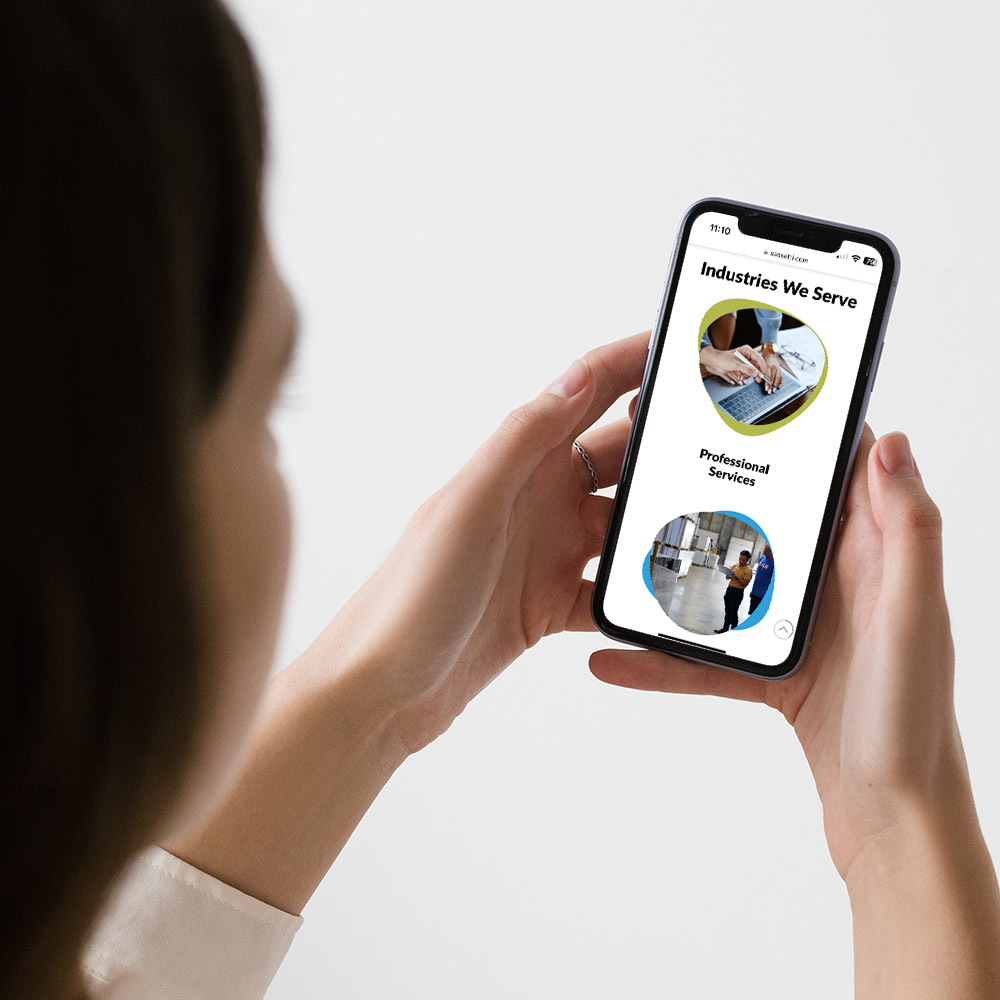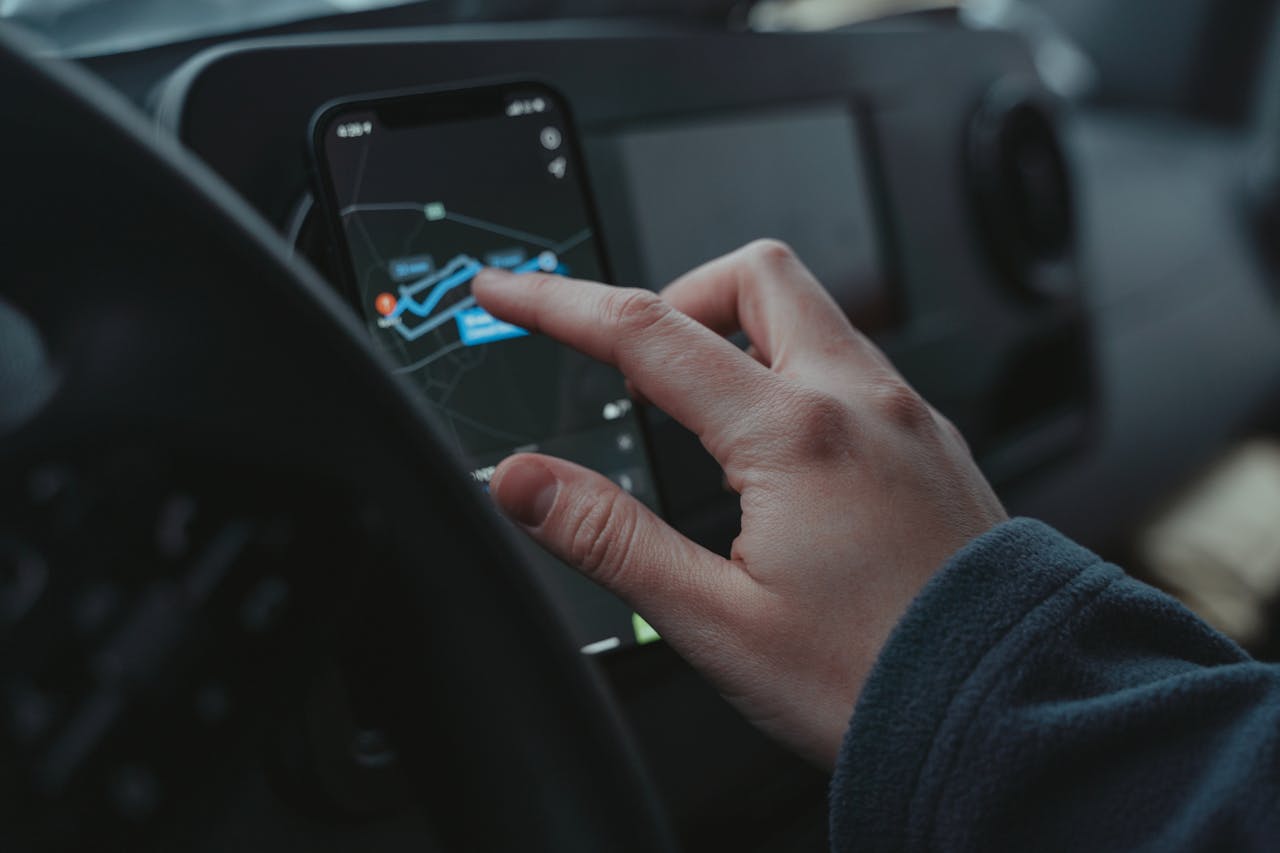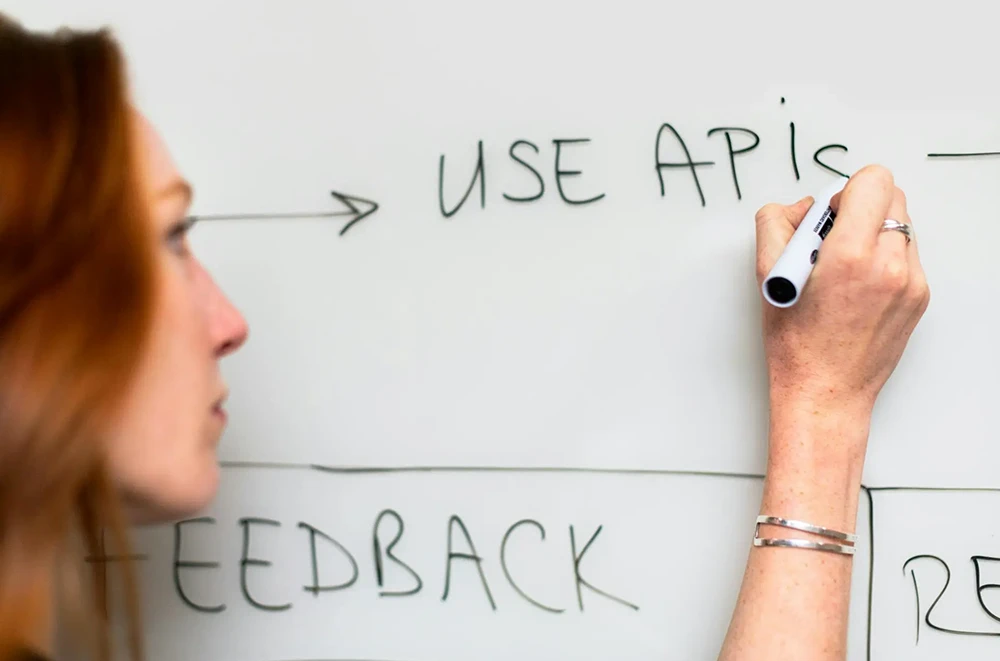In the UI/UX world, APIs is quite a common keyword that is utilized, but what exactly are they? API, or application programming interfaces can be best described as a set of rules and protocols within a software or application. Essentially, they enable different systems to communicate with each other to exchange information and data. These powerhouses of information are great for websites and apps because they allow scalability, and flexibility, and reduce development time by leveraging existing platforms. Although there are more complex layers to APIs, let’s explore how you may come across them in your everyday life without even realizing it.
Payment Gateways
An API allows the integration of third-party services, or in simpler terms, it lets different software systems communicate with each other and share information, making it possible to add new features to a website or app without having to build them from scratch. One of the more common examples of this is payment gateways. When you’re ready to check out your cart after an online shopping session, an API is utilized to process transactions.

As you enter your payment details, the website uses an API to send this information securely to the payment gateway. The payment gateway then uses its own API to communicate with your bank or credit card company to authorize the transaction. Once approved, the gateway sends a message back to the website, allowing your purchase to go through. This process happens almost instantly, thanks to APIs, which act like messengers that carry and translate information between the website, the payment gateway, and the financial institutions involved, for a smooth and secure transaction.
Social Media Interfaces

When you use a social media app, APIs are at work behind the scenes helping the app to interact with other apps or services. For example, when you share a news article from a website directly to your social media account, an API is what allows the website to send that article to your social media profile seamlessly. Similarly, when you log into an app using your social media account, an API communicates between the social media platform and the app to verify your identity without sharing your password. APIs make it possible for social media apps to offer you a rich, interconnected experience by linking together different services and functionalities.
Navigation and Mapping
For maps, APIs work as the bridge that allows various applications and websites to embed maps, retrieve location data, and interact with mapping services. For example, when you use an interface that shows a map to find a restaurant’s location or to get directions from one place to another—an API enables the app to request and display that map directly from a mapping service like Google Maps. This means that developers can add detailed, interactive maps to their interfaces, allowing users to search for places, plan routes, or even view real-time traffic updates. The API handles all the heavy lifting, such as fetching the map data, understanding user commands, and ensuring that the map is displayed correctly. This integration via APIs makes maps a versatile and powerful tool in digital applications, enhancing user experience.

APIs for Accessibility
Interpreting information from an API can also take the form of voice commands. Many voice assistants rely on APIs to interpret voice commands and then fetch the pertaining information of the command. Whether it is asking to play music from a playlist or to answer any general questions on Google, these interactions often involve multiple APIs working together to understand the request and deliver the correct response.
Other Dynamic Interactions
APIs further allow websites and applications to pull dynamic information from external sources in real-time. These include more of the interfaces you may come across in your average day-to-day. For example reservations for restaurants or hotel bookings, the system will display available slots in real time by dynamically pulling the information. Simpler interactions such as checking the weather can be information and data pulled from weather services to accurately inform you of forecasts. Simple interactions such as these are backed by the powerhouse that make up APIs.

Application programming interfaces play a huge role in the information we come across in our daily interactions with digital interfaces. They work behind the scenes to create user experiences that shape our every day.









